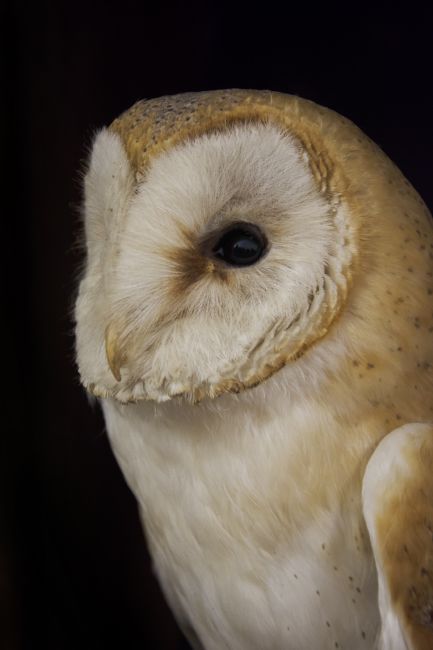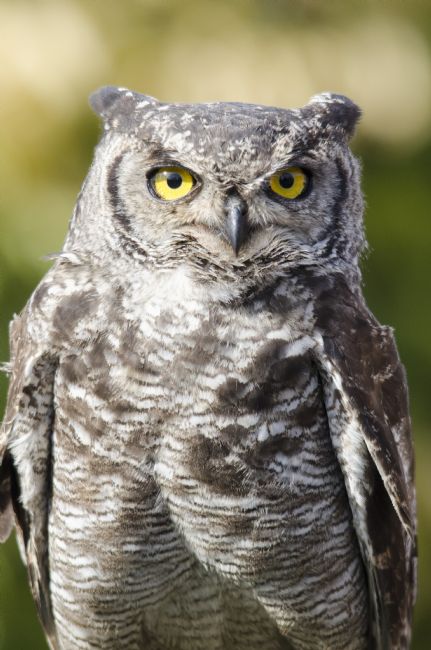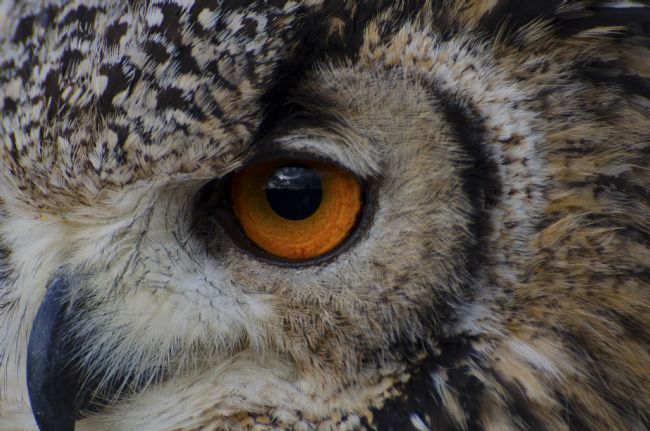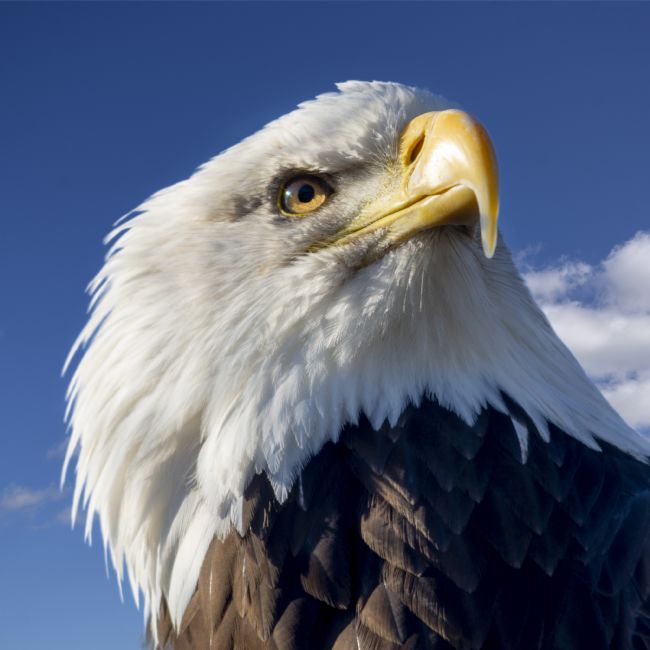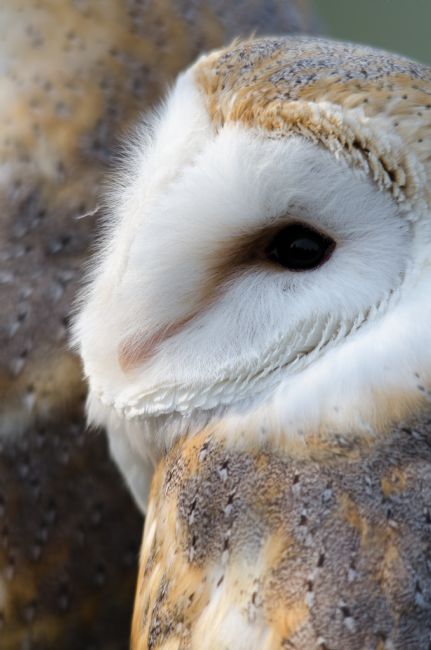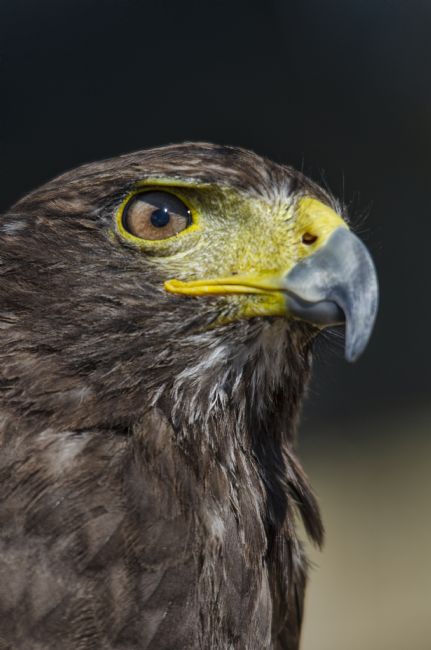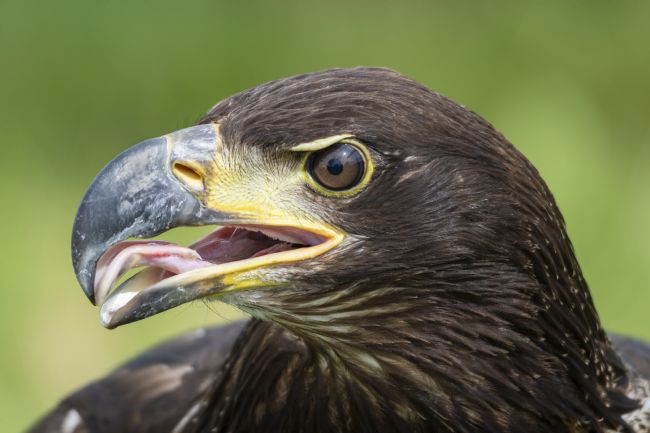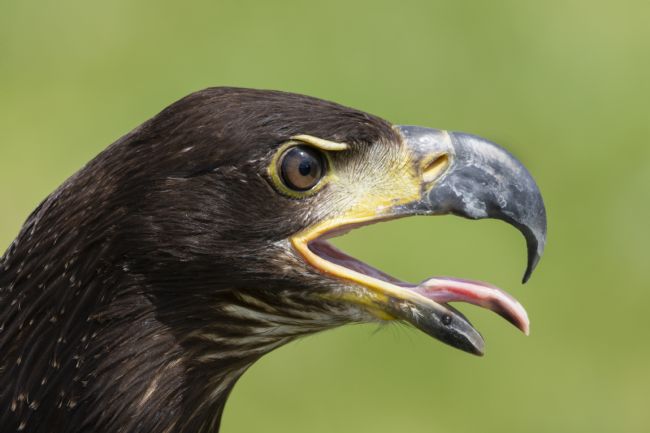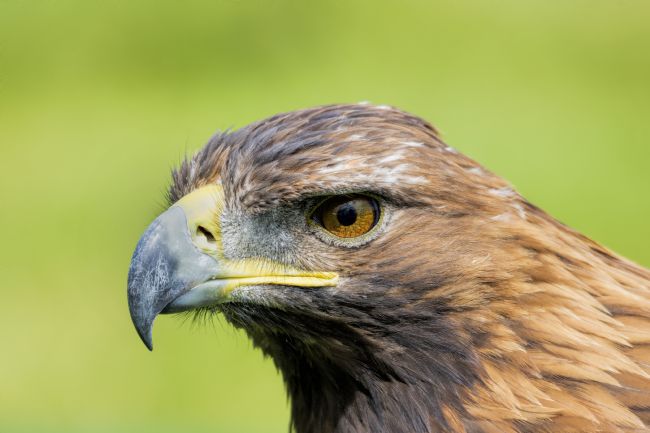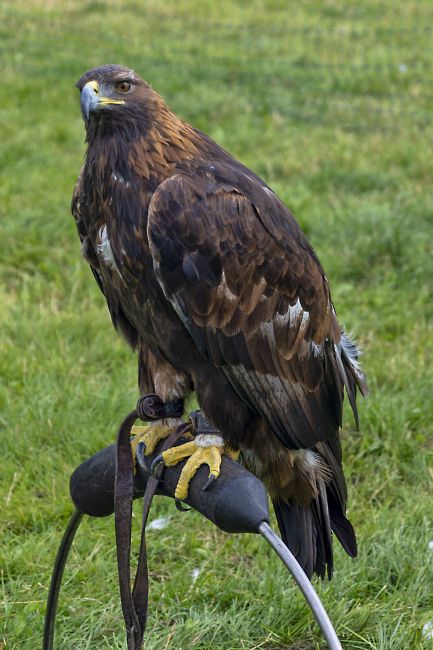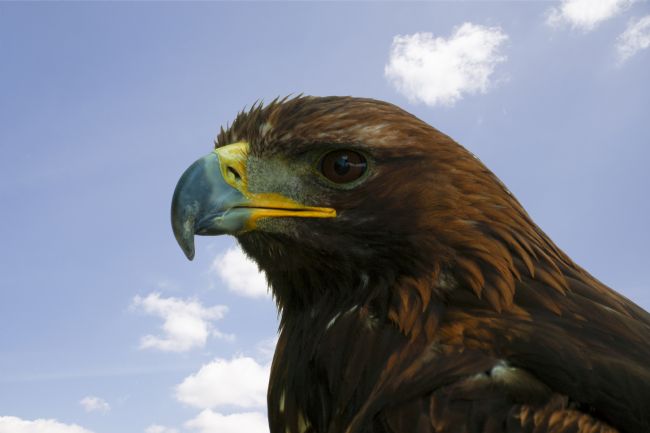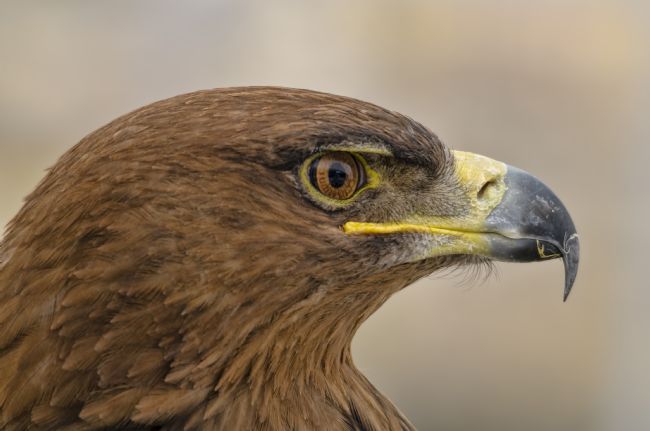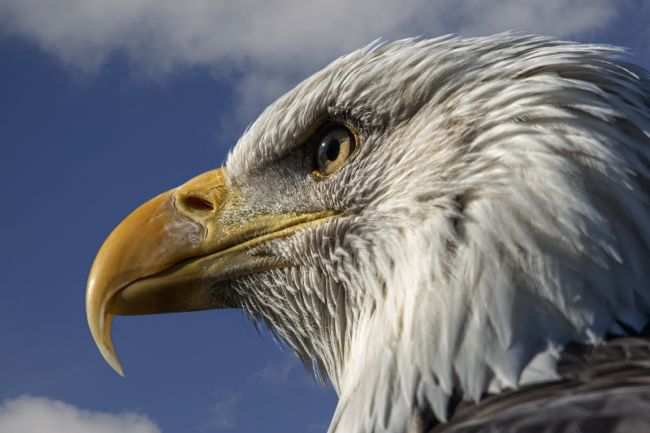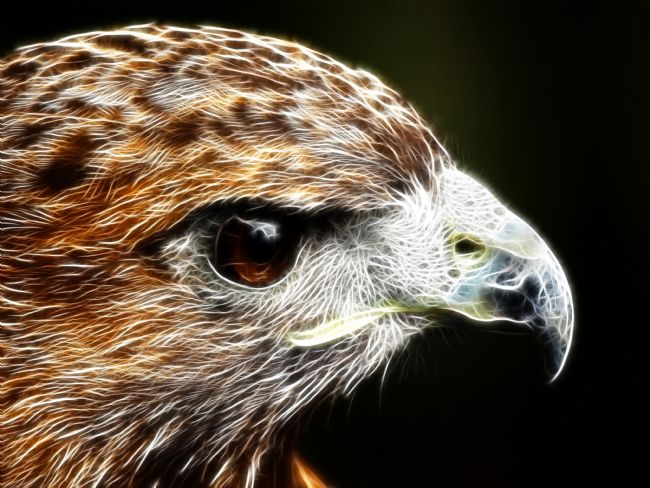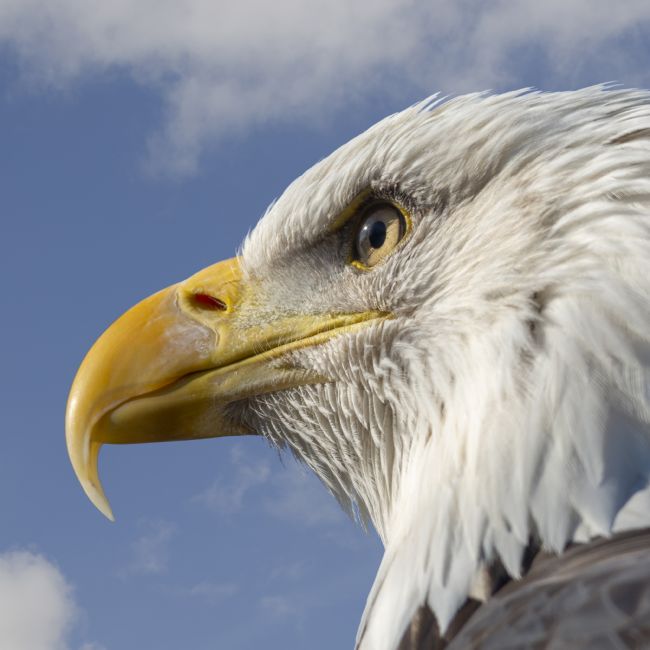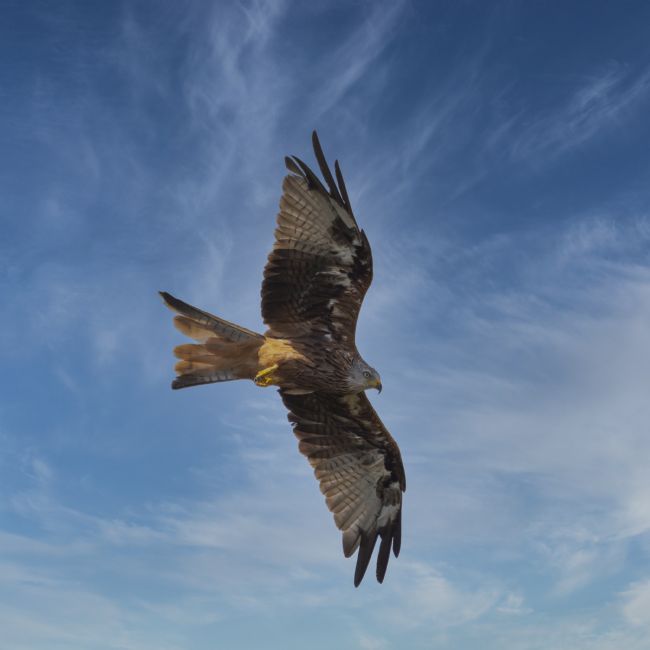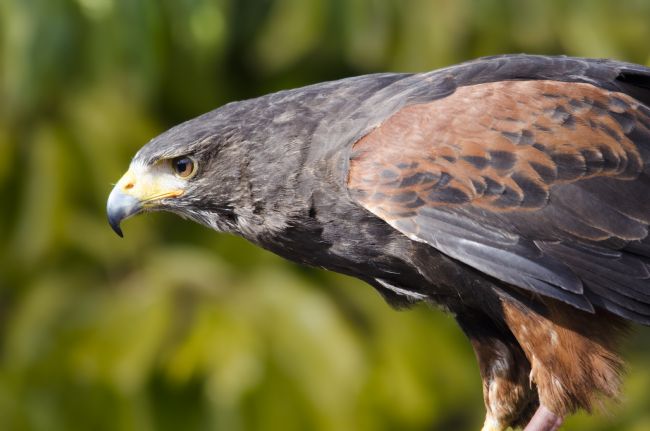The Barn Owl - Tyto Alba is probably the most easily recognised owl, certainly in the UK.
Eurasian Eagle Owl. The Eurasian Eagle owl (Bubo bubo) sometimes called the European Eagle Owl and considered to be from the larger Horned Owl family.
Eagle Owls eat pretty much everything from beetles, voles, ducks, rabbits to other owls and hunts both on the ground and taking prey out of the air.
The Western Screech Owl (Megascops kennicotti) is native to America, Alaska and Mexico. A small owl, typically around 20cm high and feeding on a mixed live food diet of reptiles, amphibians, insects, birds, and small mammals.
The Pygmy owl looks remarkably fierce despite being just a few inches tall.
A peregrine falcon on a falconer's glove.
My friend used to look after 'Mo' an Indian Eagle owl and she was always very patient when being photographed.
The bald eagle (Haliaeetus leucocephalus) is a handsome bird - assuming of course that you are not anything it wishes to eat. Feeding mainly on fish, which it scoops up from the surface of the water in mid flight it will also scavenge on carrion.
This is a very close up image of a snowy owl - Bubo scandiacus. The snowy owl hunts mainly by day and is very nomadic, following prey abundance rather than defending a particular territory unless nesting.
The Barn Owl - Tyto Alba is probably the most easily recognised owl, certainly in the UK.
The Harris Hawk - Parabuteo Unicinctus is a comparatively large raptor weighing in at up to 1 kilo and with a wingspan of around 60 -75cm. It is unique amongst raptors as it can and will hunt in family groups which allows it to tackle larger prey than a single bird could.
The Bengal Indian Eagle Owl - Bubo Bengalensis - is generally nocturnal and hunts from a perch on a wide range of prey including rats, mice and insects.
Bald Eagle - Haliaeetus leucocephalus. Despite the name bald eagles aren't - their head feathers are white but this is a juvenile and won't grow that distinctive white head until around 5 years old. With a wing span of up to 8 feet and feeding on pretty much everything from carrion to fish it is an opportunistic feeder.
Bald Eagle - Haliaeetus leucocephalus. Despite the name bald eagles aren't - their head feathers are white but this is a juvenile and won't grow that distinctive white head until around 5 years old. With a wing span of up to 8 feet and feeding on pretty much everything from carrion to fish it is an opportunistic feeder.
The Golden Eagle (Aquila chrysaetos) are fast, agile hunters who roam over quite large teritorries in search of small mammals and rodents which they capture with their large, sharp talons and for many years have been valued in the falconry community for their hunting prowess.
The Golden Eagle (Aquila chrysaetos) are fast, agile hunters who roam over quite large teritorries in search of small mammals and rodents which they capture with their large, sharp talons and for many years have been valued in the falconry community for their hunting prowess.
The Golden Eagle (Aquila chrysaetos) are fast, agile hunters who roam over quite large teritorries in search of small mammals and rodents which they capture with their large, sharp talons and for many years have been valued in the falconry community for their hunting prowess.
Tawny Eagle, Aquila rapax. A large eagle some 24–30 inches in length with a wingspan of around 60–75 inches and weighing up to 6 1/2 lb.
The bald eagle (Haliaeetus leucocephalus) is a handsome bird - assuming of course that you are not anything it wishes to eat. Feeding mainly on fish, which it scoops up from the surface of the water in mid flight it will also scavenge on carrion.
A Harris Hawk close up with a fractal filter.
The bald eagle (Haliaeetus leucocephalus) is a handsome bird - assuming of course that you are not anything it wishes to eat. Feeding mainly on fish, which it scoops up from the surface of the water in mid flight it will also scavenge on carrion.
On holiday in Oxfordshire I saw many Red kites (Milvus milvus) was very nearly wiped out in the UK but after a protracted protection programme and re-introduction it is now making a strong recovery. Feeding mainly on carrion it is an opportunistic feeder and has been know to take small mammals.
The Harris hawk is typical of birds of prey - hooked beak, sharply swept wings and eyes as sharp as the talons on the end of its feet.
